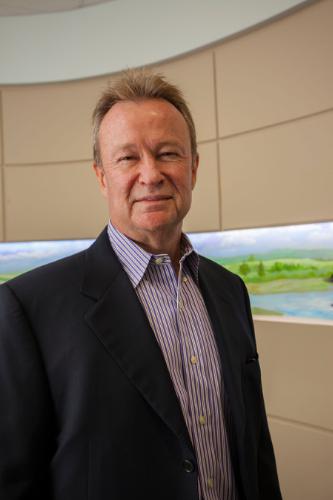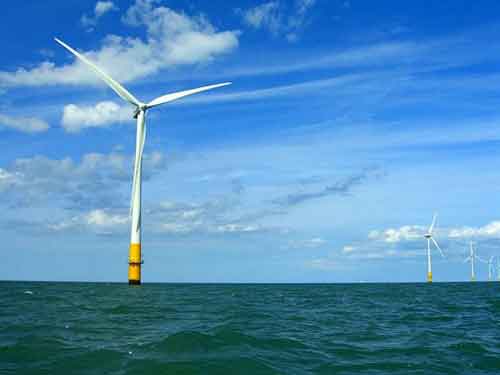 Historic Auction Leases Nearly 165,000 Acres Offshore Rhode Island and Massachusetts for Wind Energy Development, Advances President’s Climate Action Plan
Historic Auction Leases Nearly 165,000 Acres Offshore Rhode Island and Massachusetts for Wind Energy Development, Advances President’s Climate Action Plan
As part of President Obama’s comprehensive plan to move our economy toward domestic clean energy sources and cut carbon pollution, Secretary of the Interior Sally Jewell and Bureau of Ocean Energy Management (BOEM) Director Tommy P. Beaudreau on Wednesday, held the nation’s first-ever competitive lease sale for renewable energy in federal waters.
The provisional winner of yesterday’s lease sale, which auctioned two leases for a Wind Energy Area of 164,750 acres offshore Rhode Island and Massachusetts for wind energy development, is Deepwater Wind New England, LLC. When built, these areas could generate enough combined energy to power more than one million homes.
“When you think about the enormous energy potential that Atlantic wind holds, this is a major milestone for our nation,” said Secretary Jewell. “A lot of collaboration and thoughtful planning went into getting to this point, and we’ll continue to employ that approach as we move forward up and down the coast to ensure that offshore wind energy is realized in the right way and in the right places. Offshore wind is an exciting new frontier that will help keep America competitive, and expand domestic energy production, all without increasing carbon pollution.”
The Wind Energy Area is located 9.2 nautical miles south of the Rhode Island coastline and has the potential to support 3,395 megawatts of wind generation. BOEM will hold its next competitive lease sale for offshore wind on Sept. 4, which will auction nearly 112,800 acres offshore Virginia, and is expected to announce additional auctions for Wind Energy Areas offshore Massachusetts, Maryland, and New Jersey later this year and in 2014.
Maps for these areas are available on BOEM’s website.
Today’s auction is the result of a coordinated strategic plan to accelerate the development of offshore wind resources that was unveiled in February 2011 by former Secretary of the Interior Ken Salazar and former Secretary of Energy Steven Chu. As part of a ‘Smart from the Start’ program for expediting commercial-scale wind energy on the federal Outer Continental Shelf, Interior identified Wind Energy Areas well suited for commercial development with minimal impacts to the environment and other important uses. Efforts to spur responsible development of this abundant renewable resource are part of a series of Administration actions to speed renewable energy development offshore and onshore by improving coordination with state, local and federal partners.
As part of President Obama’s comprehensive Climate Action Plan, he challenged Interior to re-double efforts on the renewable energy program by approving an additional 10,000 megawatts of renewable energy production on public lands and waters by 2020.
Since 2009, Interior has approved 46 wind, solar and geothermal utility-scale projects on public lands, including associated transmission corridors and infrastructure to connect to established power grids. When built, these projects could provide more than 12,700 megawatts – enough energy to power more than 4.4 million homes and support over 17,000 construction and operations jobs.
At the same time, under the Administration’s all-of-the-above energy strategy, domestic oil and gas production has grown each year President Obama has been in office, with domestic oil production currently higher than any time in two decades; natural gas production at its highest level ever; and renewable electricity generation from wind, solar, and geothermal sources having doubled. Combined with recent declines in oil consumption, foreign oil imports now account for less than 40 percent of the oil consumed in America – the lowest level since 1988.
“Each of these renewable energy lease sales are significant steps forward in the President’s all-of-the-above energy strategy and call for action on climate change,” said Director Beaudreau. “Harnessing the enormous potential of offshore wind will create jobs, increase our energy security and provide abundant sources of clean renewable power.”
BOEM auctioned the Wind Energy Area offshore Rhode Island and Massachusetts as two leases, referred to as the North Lease Area (Lease OCS-A0486) and the South Lease Area (Lease OCS-A0487). The North Lease Area consists of about 97,500 acres and the South Lease Area covers about 67,250 acres. For a map of the Wind Energy Area, click here. The sale received $3,838,288 in high bids. The auction lasted 1 day, consisting of 11 rounds before determining the provisional winner. In addition to Deepwater Wind New England, LLC, the following companies participated in the auction: Sea Breeze Energy, LLC; and US Wind Inc.
“Now that we have identified Deepwater Wind as the provisional winner of this auction, we look forward to executing the lease and reviewing their Site Assessment Plan for the lease area,” said Director Beaudreau.
Following the auction, the Attorney General, in consultation with the Federal Trade Commission, will have 30 days in which to complete an antitrust review of the auction. Shortly thereafter, BOEM will send unsigned copies of the lease form to the winning bidder, who will have 10 days to sign and return the lease, file required financial assurance, and pay the balance of the winning bid.
Each lease will have a preliminary term of 6 months in which to submit a Site Assessment Plan to BOEM for approval. A Site Assessment Plan describes the activities (e.g., installation of meteorological towers and buoys) a lessee plans to perform for the assessment of the wind resources and ocean conditions of its commercial lease.
After a Site Assessment Plan is approved, the lessee will have up to 4 and 1/2 years in which to submit a Construction and Operations Plan (COP) for approval, which provides a detailed plan for the construction and operation of a wind energy project on the lease. After the COP is approved, the lessee will have an operations term of 25 years.
.


 McDermott International, Inc.
McDermott International, Inc.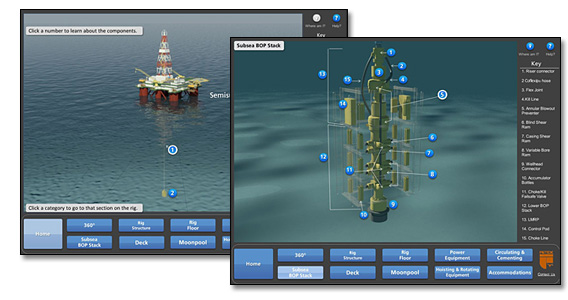
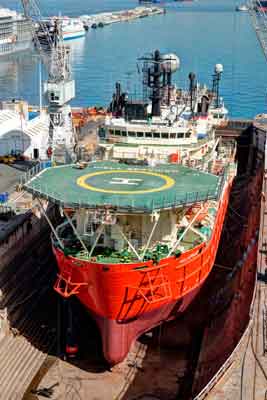 Gibraltar yard, and has been delivered back to Technip, ready for work.
Gibraltar yard, and has been delivered back to Technip, ready for work. 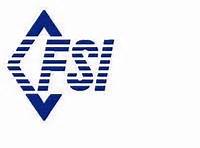 Falmouth Scientific, Inc. (FSI)
Falmouth Scientific, Inc. (FSI) announce the addition of
announce the addition of 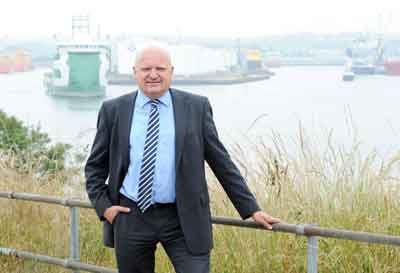 To support this, NorSea Group will open its first UK office in Aberdeen.
To support this, NorSea Group will open its first UK office in Aberdeen.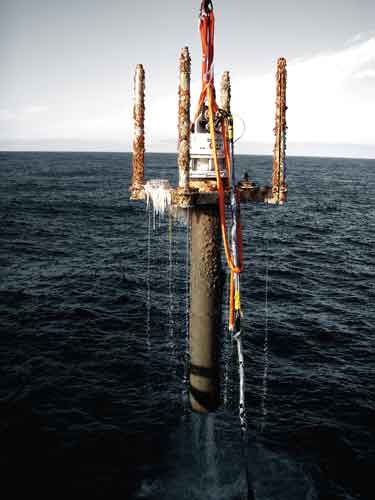 plans. Wellintel is a well data collection and review service that gathers and prepares the information operators require before they start a decommissioning program. OIS engineers with extensive well abandonment knowledge and detailed understanding of the entire decommissioning process will deliver the service.
plans. Wellintel is a well data collection and review service that gathers and prepares the information operators require before they start a decommissioning program. OIS engineers with extensive well abandonment knowledge and detailed understanding of the entire decommissioning process will deliver the service. 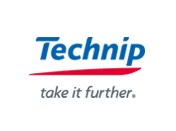 Technip
Technip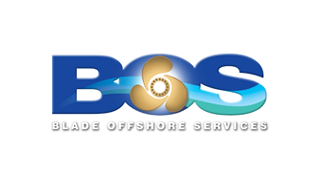 Blade Offshore Services
Blade Offshore Services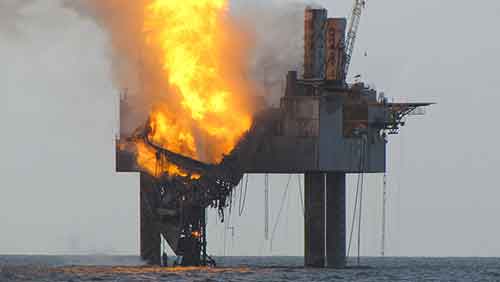 to oversee and coordinate response efforts to secure the South Timbalier 220 natural gas Well A-3. Safety of personnel and protection of the environment remain the top priorities.
to oversee and coordinate response efforts to secure the South Timbalier 220 natural gas Well A-3. Safety of personnel and protection of the environment remain the top priorities.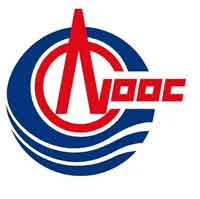 CNOOC Limited
CNOOC Limited Historic Auction Leases Nearly 165,000 Acres Offshore Rhode Island and Massachusetts for Wind Energy Development, Advances President’s Climate Action Plan
Historic Auction Leases Nearly 165,000 Acres Offshore Rhode Island and Massachusetts for Wind Energy Development, Advances President’s Climate Action Plan As part of its recent initiative to provide the data behind its widely followed market analysis and price forecasts,
As part of its recent initiative to provide the data behind its widely followed market analysis and price forecasts,  Helix Energy Solutions Group, Inc
Helix Energy Solutions Group, Inc